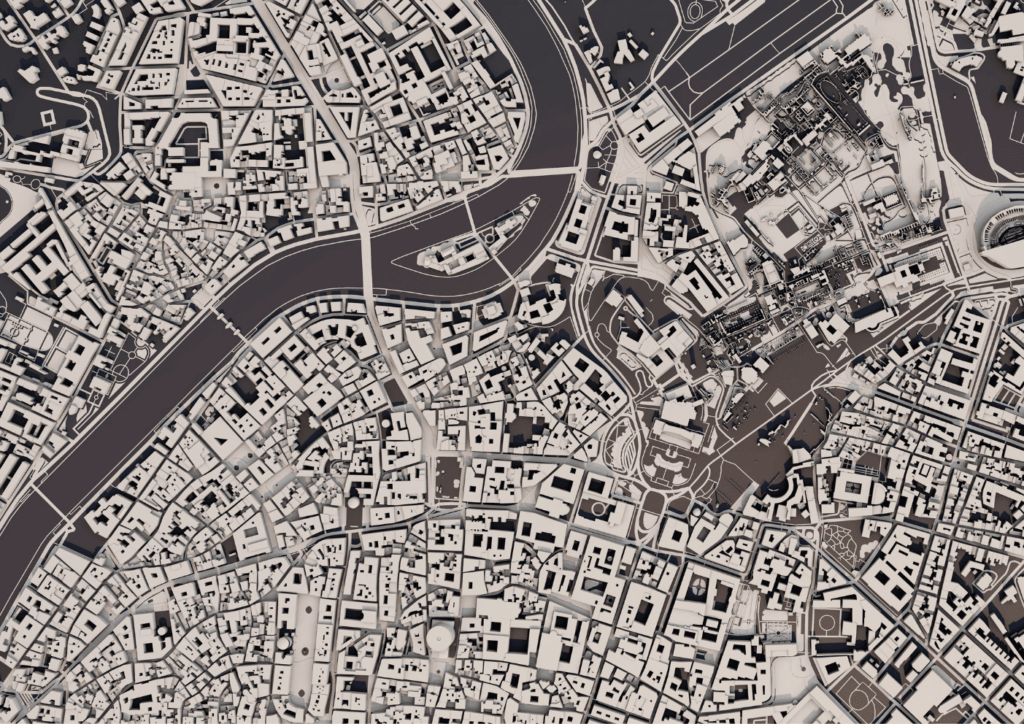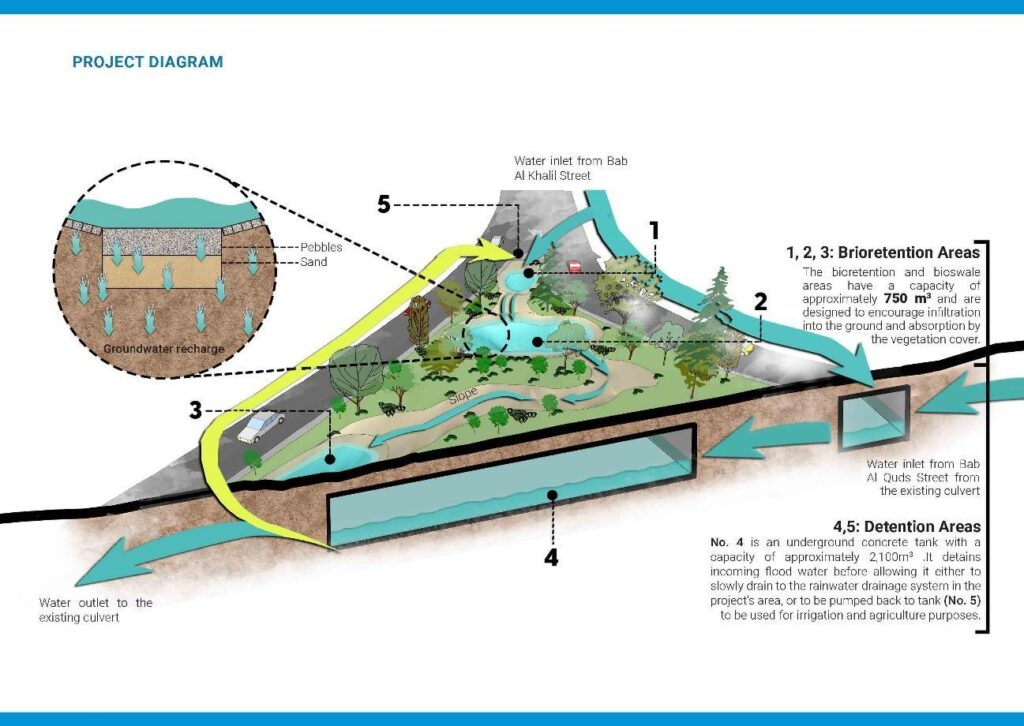

The prevailing challenge of our era is the climate crisis. Its impact on communities is felt globally, emphasising the need to collectively take transformative action to reshape our urban landscapes and jointly confront the challenges of the climate crisis head-on.
Urbanisation and Climate Change: Challenges
Urban areas significantly contribute to climate change, accounting for 71 to 76 percent of CO2 emissions from global final energy use, with transport and buildings being among the largest contributors. Rapid urbanisation brings forth a dual challenge of climate mitigation and adaptation for expanding cities. On one front, the rapid growth and development contribute significantly to greenhouse gas emissions, demanding immediate and effective mitigation strategies to curb the environmental impact. Simultaneously, the escalating impacts of climate change, from extreme weather events to sea-level rise, underscore the critical need for adaptive measures. In the upcoming decades, rising sea levels, increased precipitation, inland floods, more frequent and intensified cyclones and storms, along with periods of extreme heat and cold, are anticipated to affect hundreds of millions of people in urban areas (UN-Habitat, 2023). The intricate interplay between urban expansion and climate challenges emphasises the urgency for comprehensive interventions that not only address emissions reduction but also fortify urban resilience, ensuring sustainable and climate-resilient cities for the future.
Cities possess a remarkable capacity to play a pivotal role in global efforts to mitigate the impacts of climate change. Through strategic urban planning, sustainable green infrastructure development, the promotion of green public spaces, and proactive environmental policies, cities have the power to significantly contribute to the reduction of greenhouse gas emissions and to fostering resilient communities. By harnessing their resources and implementing innovative sustainability initiatives, cities can serve as dynamic hubs for sustainable development, setting an example for effective climate action and paving the way for a more sustainable and environmentally-conscious future.
Within this context, this paper focuses on showcasing the power of urban green infrastructure in enhancing the sustainability and resilience of cities. In summary, green infrastructure refers to a strategically planned and managed network of natural and semi-natural areas that are designed to deliver a range of ecological, social, and economic benefits within urban and rural environments (European Commission, 2022). It comprises a variety of elements, including but not limited to, parks, gardens, green roofs, urban forests, wetlands, permeable pavements, greenways, and natural water management systems.
Public Spaces’ Role in Responding to Climate Change
Against the backdrop of rapid urbanisation and the growing need for sustainable development practices, the role of green spaces in urban environments has transcended their conventional boundaries. The Charter of Public Spaces defines public spaces as “all places publicly owned or of public use, accessible and enjoyable by all for free and without a profit motive.” (UN-Habitat, 2018). They are “multi-functional areas for social interaction, economic exchange, and cultural expression among a wide diversity of people.” (Ibid). These dynamic spaces, ranging from flourishing parks to vibrant community squares, play a pivotal role in not just enriching the urban landscape, but also in fostering a sustainable and resilient urban ecosystem. When adequately distributed, these spaces create a network of ‘sponges’, whereby their natural features like trees, lakes, and parks, along with well-designed elements, can effectively absorb, detain, and collect stormwater and prevent flooding.
UN-Habitat sees public spaces as catalysts for developing sustainable and resilient livelihoods, fostering local economic development, and providing ecological solutions to mitigate climate change challenges. In the urban context, public spaces serve as vital arteries that breathe life into the bustling heart of cities, fostering social and environmental harmony. An example of such an intervention is one that was implemented in Amman city, Jordan, called “the Al Zohour Green Triangle”, a pilot green infrastructure project that is based on the concept of Sustainable Urban Drainage System (SuDS) and consists of a series of bioretention areas and underground water tanks to collect storm-water and reduce the flood risk.
The Al Zohour Green Triangle was selected from one of the 120 hot spot locations for the implementation of short- and medium-term green storm-water infrastructure interventions identified through UN-Habitat’s ‘Flood Risk Assessment and Flood Hazard Mwp-contenting of Downtown Amman’ study. With an area of 2300m2, Al-Zohour Green Triangle aims to demonstrate two concepts of green storm-water management: storm-water bioretention and storm-water detention. The former concept is demonstrated through a series of bio-retention and bio-swale areas designed to allow water to infiltrate into the ground and be absorbed by the vegetation cover. The latter concept is demonstrated through a concrete underground tank for storm-water detention.
Figure 1: Al Zohour Triangle Project Diagram

The landscape of the Al Zohour Triangle has been designed to integrate all parts of the project into an aesthetically pleasing green infrastructure initiative, creating a green window that is much welcome in Amman, given the arid nature of its surroundings.
Implementing, preserving, and restoring invaluable green spaces within urban environments holds the key to cultivating healthier, more vibrant communities, and fostering a deeper connection between city dwellers and the natural world. These spaces have evolved into multifaceted hubs that not only enhance the physical and mental well-being of residents but also contribute to the ecological resilience and longevity of cities. As such, understanding the critical importance of preserving and restoring urban public spaces is fundamental to envisioning a future where cities thrive in harmony with nature, fostering a sustainable and equitable environment for generations to come.
In conclusion, the showcased initiative serves as a tangible illustration of the comprehensive utility inherent in public spaces. Not only does it exemplify the creation of a welcoming and vibrant green area for communal use, but it also stands as a powerful demonstration of how such spaces can play a pivotal role in climate change mitigation. Specifically, the integration of features designed to counteract flash floods underscores the potential of public spaces to address pressing environmental challenges. Communities and local officials can become empowered by the transformative potential of urban green infrastructure, thus advocating for sustainable change in their communities. Whether engaging with local initiatives or voicing concerns to policymakers, their active participation can contribute to the creation of similar green infrastructure projects, growing a greener future together.
About the author:
With over 12 years of practical experience, Ayah Hammad is an urban planner and architect dedicated to shaping sustainable and resilient urban environments. Mrs. Hammad graduated with distinction with a master’s degree in Spatial Planning from the German Jordanian University. She currently serves as the Programme Officer and Project Manager at UN-Habitat’s Jordan Office, bringing a wealth of expertise to the intersection of urban planning and climate change.
Editors: Alia Asad, Justin Ware, Niina Rinne, Jia Cong Ang, Hugo Manticello and Simran Singh